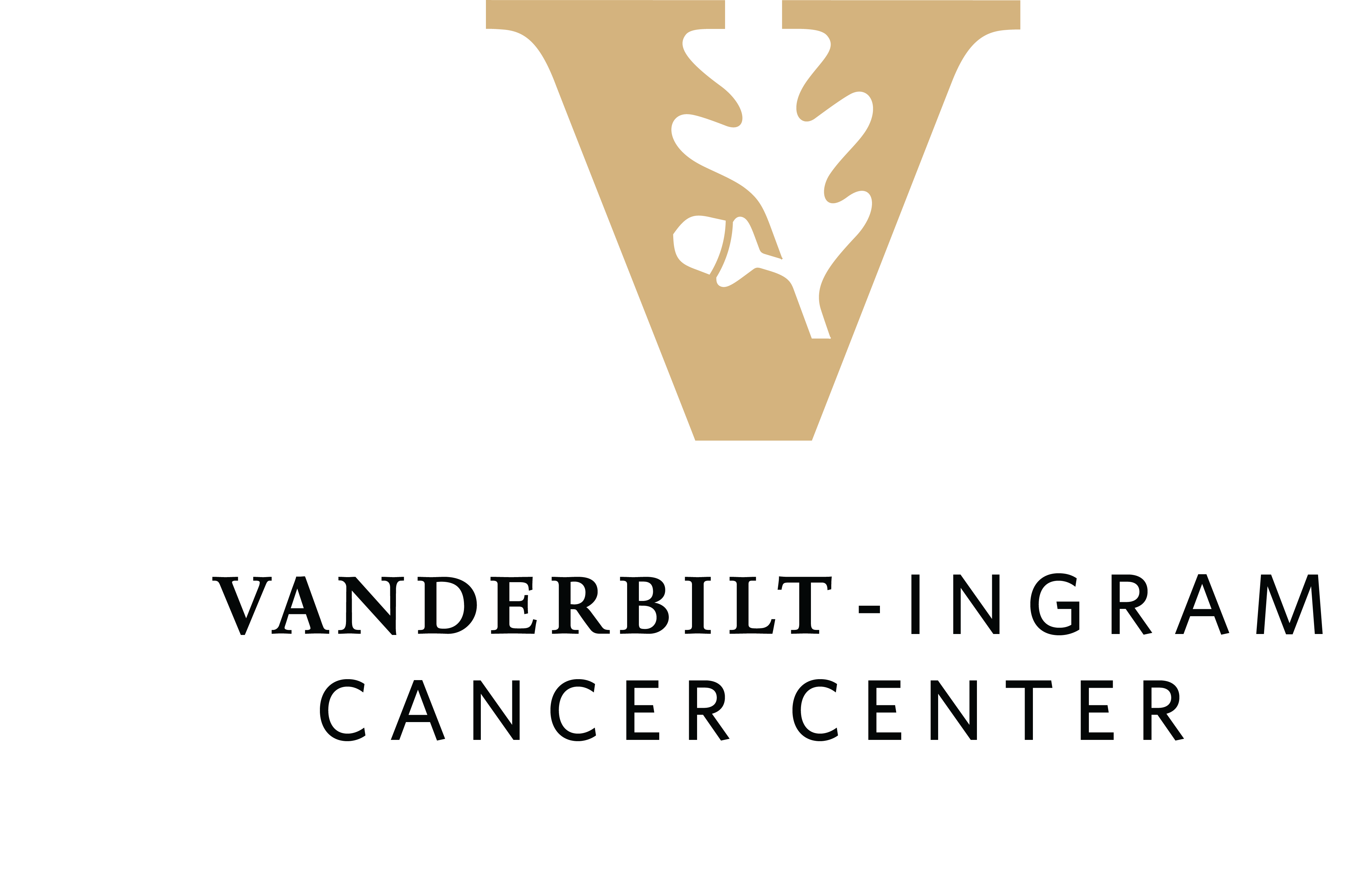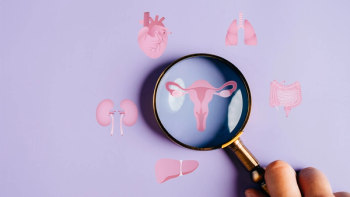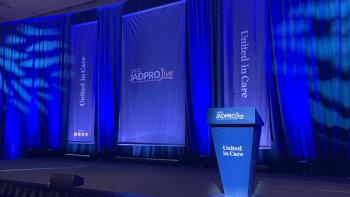
Using ctDNA to Clear the Confusion in Cancer Care After Surgery

Jeneth Aquino, DNP, FNP-BC, explains that using ctDNA to guide a patient’s next steps can provide clarity in the treatment process.
The use of ctDNA after surgery can provide guidance to patients who may be receiving input on treatment decisions from every angle, says Jeneth Aquino, DNP, FNP-BC.
While not fully accurate yet, analysis of ctDNA can be used to determine a patient’s likelihood to benefit from further therapy, depending on a patient’s cancer type, as Aquino pointed out in an interview with Oncology Nursing News. For instance, in colorectal cancer, ctDNA is used in the prognostic setting.
Aquino explained that when a patient is planning next steps in their treatment, they often receive opinions from loved ones who mean well but may overwhelm the patient with unqualified medical advice. ctDNA provides a more grounded option for patients to make an informed decision about their care moving forward.
As Aquino emphasized, even if a patient’s
Transcript:
When we see patients in clinic, we always tell them “There’s so much information out there.” Sometimes well-meaning friends or relatives—everyone—has a “PhD” in cancer treatment or cancer biology, right? The patient tends to be in a place where, especially after surgery, they don’t know what to do.
They rely on the treatment team to discuss what their options are, what the findings after surgery are, and what is out there in the literature or clinical trials that will help them guide to make a decision.
Normally, we sit down with them and we discuss, “OK, this is your stage prior to surgery, this is your stage after surgery, and these are the findings that the surgeon has found during your surgery. We have a new tool, ctDNA. It’s not 100% specific. It has a high predictive value, but we know that on certain patients’ cancers, such as yours, this is where personalized medicine comes in.”
Who is the patient in front of you? It’s not about bundling the patients into “stage II” or “stage III.” It’s about getting to know the histology of that patient’s cancer, getting to know that patient, what’s important to them, and giving them options.
Sometimes I would say, “These are your options.” Then they will say, “Well, I don’t really want chemotherapy.”
Let’s say you have ctDNA positivity. We know that in some of the trials, there’s spontaneous clearance, but without chemo, it’s only 22.2% clearance. With chemo, it’s 68.2% clearance. Most patients will say, “Oh! You can clear that ctDNA positivity better with chemo than without chemo.” Most of the time, [in that case] they’ll say, “Sure.”
We always tell them that they can stop chemotherapy. If the adverse effects outweigh the benefits that they’re getting from it, we can put a hold on treatment and monitor them. ctDNA is not used for surveillance—the NCCN guidelines do not recommend us to use it for surveillance in stage II, stage III or metastatic settings. But there is a value to us providers, as APPs, nurses, and physicians, to be able to have another tool in our toolbox. The more tools we have in our toolbox, the more we can serve our patients.
This transcript has been edited for clarity and conciseness.
Newsletter
Knowledge is power. Don’t miss the most recent breakthroughs in cancer care.


















































































